
The California coast has well established populations of sand crabs. However, sand crab populations in Oregon occur only occasionally, and seem to be replenished by those along the California coast. The Davidson current, which runs along the western coast of the United States, carries crabs from California up to Oregon. These populations thrive during a strong El Niño period, which is a period characterized by unusually warm water in the tropical Pacific and decreased upwelling along the coast of California in the summer months. Increases in water temperatures caused by El Niño have led to shifts in the distribution of many marine species northward along the California and Oregon coastlines.
This knowledge led us to hypothesize that an increase in water temperatures could lead to greater sand crab abundance. On September 20, 2014, Bishop O’Dowd’s Marine Biology class participated in the LiMPETS long-term monitoring program. We went on a field trip to Ocean Beach, San Francisco to collect sand crab data pertaining to their population, gender, age, and location on the beach. After the trip, we became interested in seeing if warmer seasonal temperatures caused an increase in sand crab abundance at Ocean Beach as it did in Oregon during El Niño. We decided to compare water temperature and sand crab abundance data in the years 2005 and 2013 to see if there was any relation between the two variables at this location.

Water Temperature vs. Sand Crab Abundance at Ocean Beach, San Francisco: 2005 (above) and 2013 (below).
We found that sand crabs weren’t more abundant during periods of higher water temperatures for both of the years we studied. In both 2005 and 2013, only a few dates seem to show similar trends between the two variables. Although a few dates show that high water temperature corresponds to a larger sand crab population, such as July 29th, 2013, there is relatively no correlation between sand crab abundance and seasonal water temperature. Next, we looked at differences in water temperatures between 2005 and 2013. Though sand crabs were more abundant in 2005 than in 2013, 2013 was Earth’s 4th warmest year on record (tying with 2003). 2005 was a La Niña year, meaning water temperatures were cooler than average. From this we can hypothesize that there may not be a strong relationship between interannual changes in water temperature and the sand crab population on Ocean Beach. We can conclude that other more serious factors, like mating seasons and variation in predator and prey population, may outweigh seasonal changes in water temperature in terms of affecting the number of sand crabs at Ocean Beach. The data displayed above may be inconclusive because we assessed only two years out of the decade long research still being performed. Therefore, only short term analysis on the seasonal and interannual changes of water temperature can be detected, not longer term climate effects. Regardless, our knowledge of sand crab populations nearby has grown a lot because of our investigation, and has also further sparked our interest on the subject.

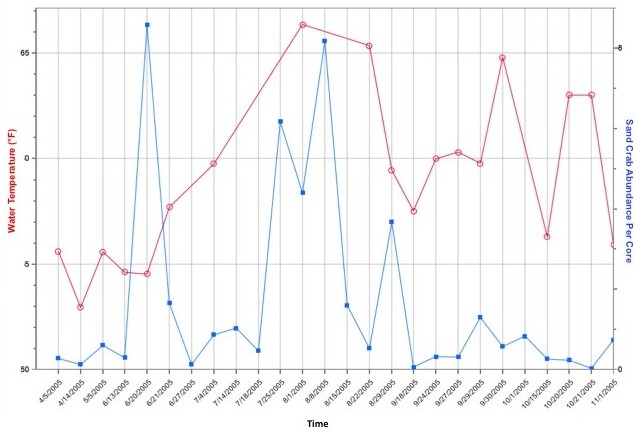
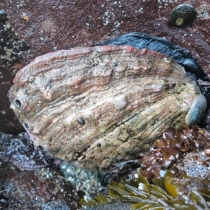





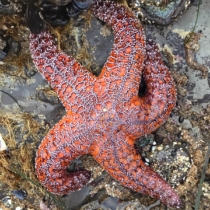






















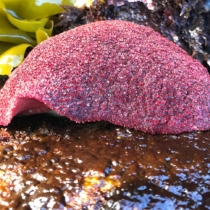

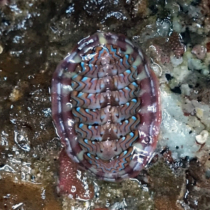
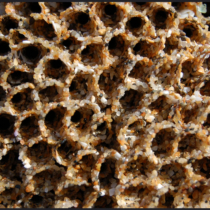
Really interesting idea! I wonder if it’s really the upwelling during El Niño years, instead of the warmer water temperatures, that affect sand crab abundance, since upwelling would likely bring more food to the coasts?
If you’re interested in looking more at that possibility, you could look at the Upwelling Index. Here’s the daily Upwelling Index for Northern California… you could compare it against the sand crab data. Though that brings up another intriguing question – would upwelling that day affect sand crabs, or would it be upwelling for the month (or even longer) before, giving the population time to respond? 🙂
I have to thank you for the efforts you’ve put in writing this blog. I really hope to check out the same high-grade blog posts from you later on as well. In fact, your creative writing abilities has motivated me to get my own, personal blog now 😉